- What's New
- Pricing & Purchasing
- Lead Times
- Literature & Samples
- Services & Warranties
- Careers
- Find a Rep
Workplace Wellness vs. Well-Being: Why the Difference Matters
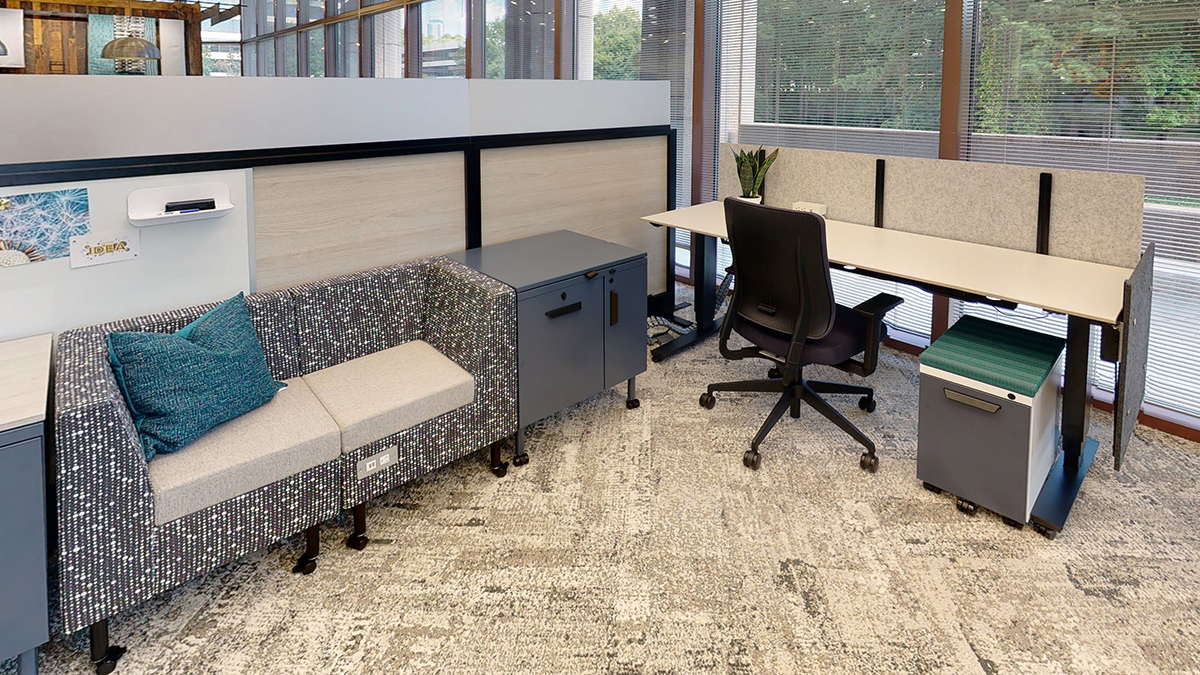
Employee burnout is on the rise. According to a recent report from Indeed.com, more than half of employees are feeling burned out. More than two-thirds say the feeling has worsened throughout the pandemic.
At KI, workplace wellness has long been a top priority. When this concept was still largely in its infancy in 2014, we launched our Active Design thought leadership platform. We explored how to leverage physical space and design to promote inherent movement throughout the workplace. We’ve researched how physical changes to the office can positively impact employees’ mental well-being.
In the years since then, wellness and well-being have become central components of workplace strategy across the business sector. And lately, there has been a shift toward well-being especially as companies return to the office in a hybrid fashion.
In the modern workplace, employers must consider both wellness and well-being in order to support a healthier, happier workforce.
What Is Workplace Wellness?
According to Pfizer, wellness is the act of practicing healthy habits on a daily basis to attain better physical and mental health outcomes, so that instead of just surviving, employees are thriving.
Workplace wellness constitutes a focus on employees’ physical health and the resulting positive impacts on employee mood and engagement at work. Employers might pay extra consideration to office lighting, temperature, food, privacy and noise levels. They might emphasize programs and policies that increase employees’ choices and bolster work-life balance.
However, KI research supports the notion that workplace wellness programs, like employer-sponsored gym memberships or nutritious lunch options at a workplace café, do not necessarily lead to healthier lifestyles on their own.
Workplace design plays a role as well. Simple design changes like height-adjustable desks allow employees to adjust their workspace to fit their desired posture, for instance.
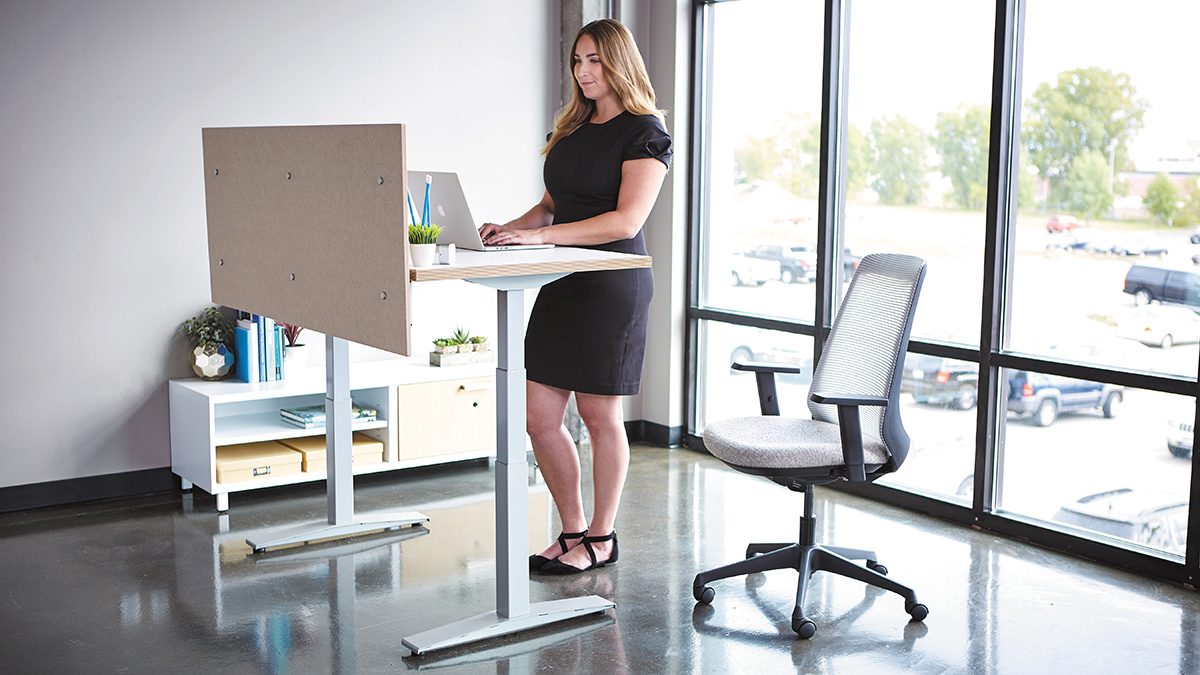
What Is Workplace Well-Being?
Well-being is more than wellness. It’s a concept that focuses on judging one’s life positively and feeling good about all aspects of life, including physical and mental wellness.
Workplace well-being expands beyond employees’ physical needs, focusing on social needs, team dynamics, workplace culture, employee trust and employee autonomy. It also addresses concepts that have grown increasingly salient during the pandemic and remote work like burnout, inclusion and work-life balance.
Workplace design can promote well-being by engendering social interaction. Social hubs and well-designed cafés can create a sense of belonging for teammates across an organization. High-back lounge seating and long tables encourage gatherings without distracting others.
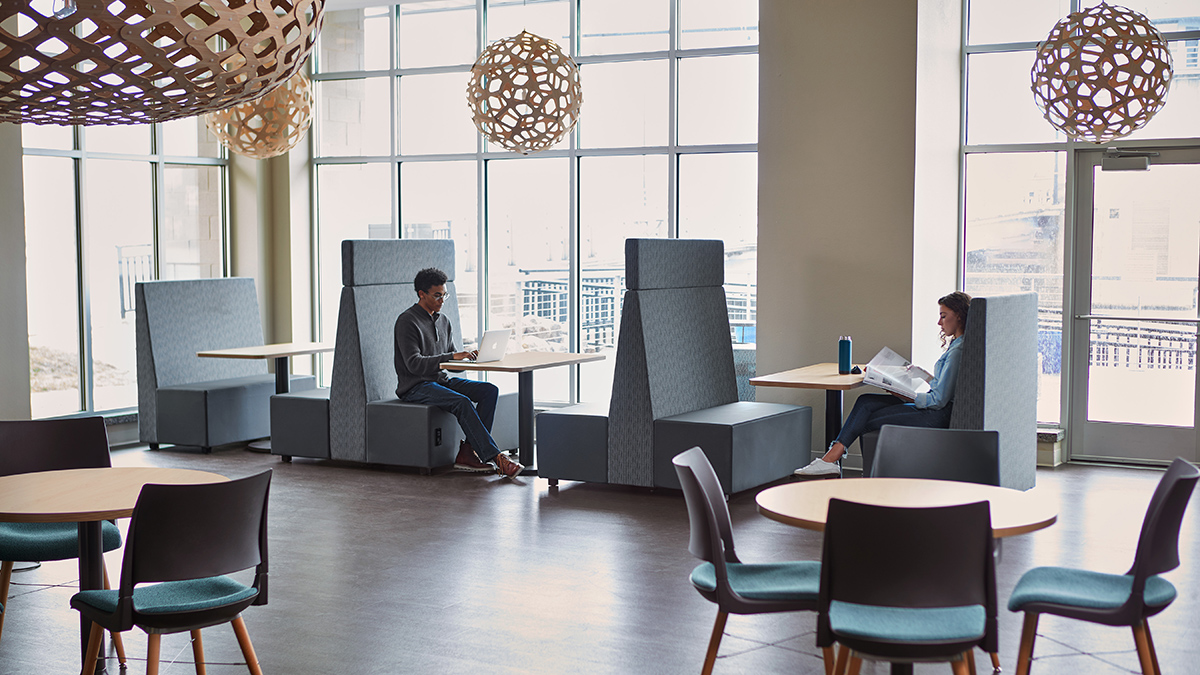
Thoughtful design strategies can give employees control over their personal space and privacy in the office as well. Mobile standing screens that divide physical space and height-adjustable privacy screens provide employees the flexibility to choose when to focus on solo work and when to collaborate with the team.
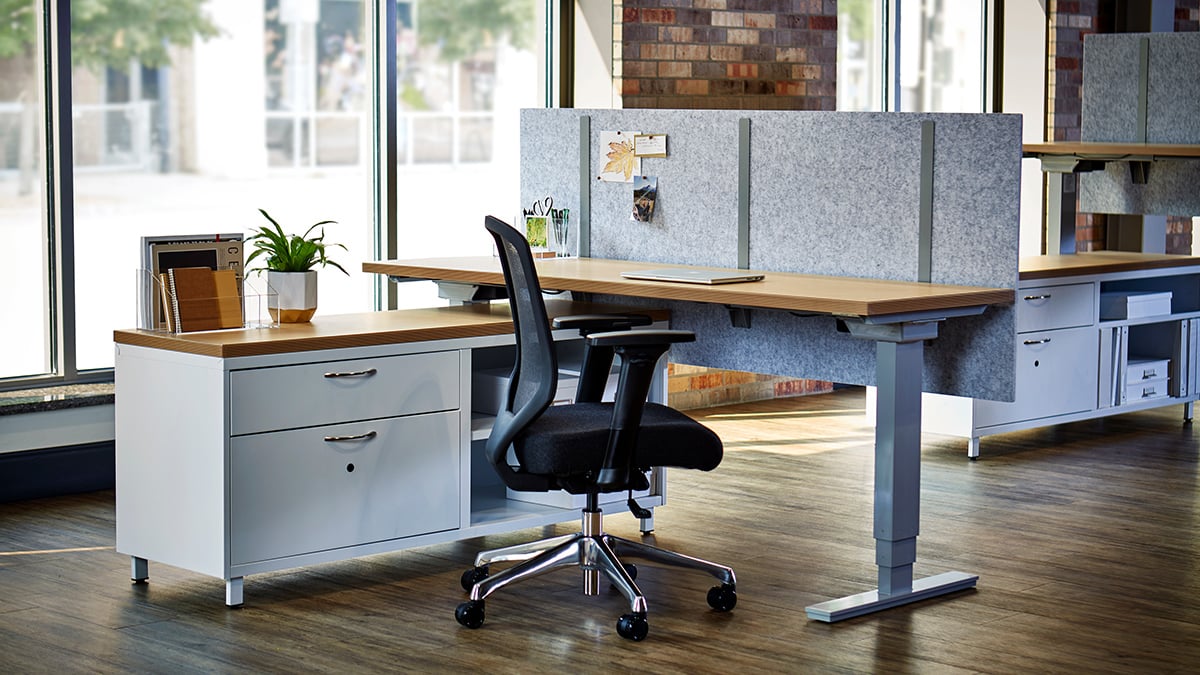
Integrating Wellness and Well-Being in Design
Wellness and well-being are not mutually exclusive. They each have a role to play in the workplace. Plenty of design strategies can support wellness and well-being in an integrated fashion.
For instance, wellness rooms with cozy, comfortable lounge seating can provide employees with a much-needed private moment, whether they’re breastfeeding mothers or anyone who needs a quiet place to destress. At the same time, private regenerative spaces—and a company culture that encourages their use—can fulfill employee needs for autonomy at a high level.
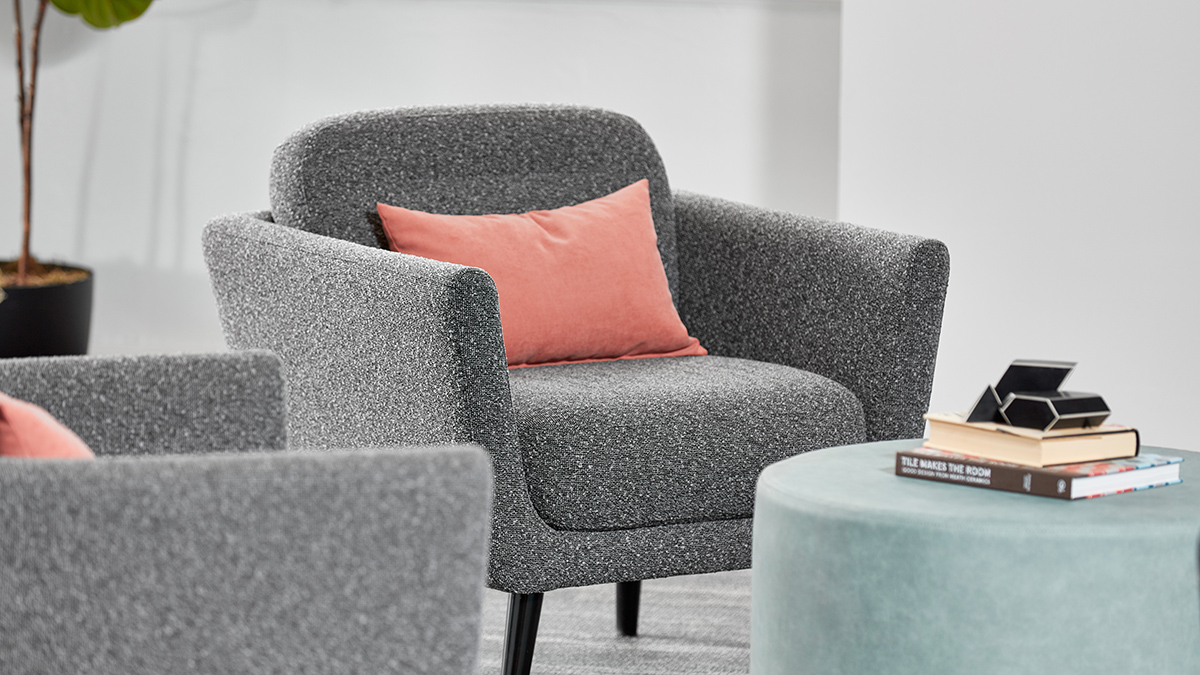
Similarly, various office “zones” not only give employees the ability to choose where to work, but they communicate to employees that their bosses trust them to know how they work best.
Employers must make wellness and well-being a top priority for their workplaces. When focusing on these concepts simultaneously, employers can help reduce burnout and increase engagement among their employees. In doing so, they can ensure the office is a place their employees want to return to every day.
Subscribe
Stay up to date with the latest trends and more.
